Author: Steve Thanos
To brew or not to brew… seasonally? This is a question most homebrewers will ponder at some point, as there exists a number of beer styles that are associated with specific seasons. One such example is Festbier, a malty German lager that was traditionally brewed for consumption during Oktoberfest.
As much as I appreciate tradition, Festbier is a style I like enough to drink more than just a few weeks every year, and using modern brewing techniques, I’ve found it can be produced in much less time. Following last year’s Oktoberfest, the keg of Festbier I had on tap was running low, so wanting something malty to enjoy over Thanksgiving, I threw together a unique recipe that featured one stylistically non-conventional ingredient—Amarillo hops.
I absolutely love Amarillo and thought it’d pair well with the richer malt flavors of a Festbier while also contributing a balancing bitterness. Given the holiday I was brewing this beer for, and being an unashamed 80’s kid at heart, the name pays homage to the quintessential Thanksgiving slogan from the popular sitcom, WKRP in Cincinnati.
| Making As God Is My Witness, I Thought Turkeys Could Fly |
Using my standard Festbier recipe for inspiration, I upped the grist to achieve a slightly higher OG, swapped the classic noble hops for heaps of Amarillo in the kettle, fermented with an ale yeast, and dry hopped with Amarillo LUPOMAX. Needless to say, this recipe was a mash-up of sorts!
As God Is My Witness, I Thought Turkeys Could Fly
Recipe Details
| Batch Size | Boil Time | IBU | SRM | Est. OG | Est. FG | ABV |
|---|---|---|---|---|---|---|
| 5.5 gal | 60 min | 52.4 | 4 SRM | 1.064 | 1.015 | 6.43 % |
| Actuals | 1.064 | 1.015 | 6.43 % | |||
Fermentables
| Name | Amount | % |
|---|---|---|
| Munich | 8 lbs | 66.67 |
| Pilsner | 2 lbs | 16.67 |
| Vienna | 2 lbs | 16.67 |
Hops
| Name | Amount | Time | Use | Form | Alpha % |
|---|---|---|---|---|---|
| Columbus/Tomahawk/Zeus (CTZ) | 14 g | 60 min | Boil | Pellet | 15.5 |
| Amarillo | 28 g | 15 min | Boil | Pellet | 9.2 |
| Amarillo | 84 g | 5 min | Boil | Pellet | 9.2 |
| Amarillo | 56 g | 0 min | Boil | Pellet | 14 |
| Amarillo LUPOMAX | 56 g | 5 days | Dry Hop | Pellet | 14.5 |
Yeast
| Name | Lab | Attenuation | Temperature |
|---|---|---|---|
| Dry Hop (A24) | Imperial Yeast | 78% | 32°F - 32°F |
Notes
| Water Profile: Ca 36 | Mg 12 | Na 9 | SO4 27 | Cl 17 |
Download
| Download this recipe's BeerXML file |
I started my brew day by collecting the full volume of filtered water for this 5 gallon/19 liter batch.
After adjusting the water to my desired profile, I milled the grains into separate buckets.
Once the water was adequately heated, I incorporated the grains then checked to make sure it was at my target mash temperature.
While the mash was resting, I prepared the kettle hop additions.
Once the 60 minute mash was complete, I removed the grains then boiled the wort for 60 minutes before chilling it with my Hydra IC.
A hydrometer measurement showed the wort was at my target OG.
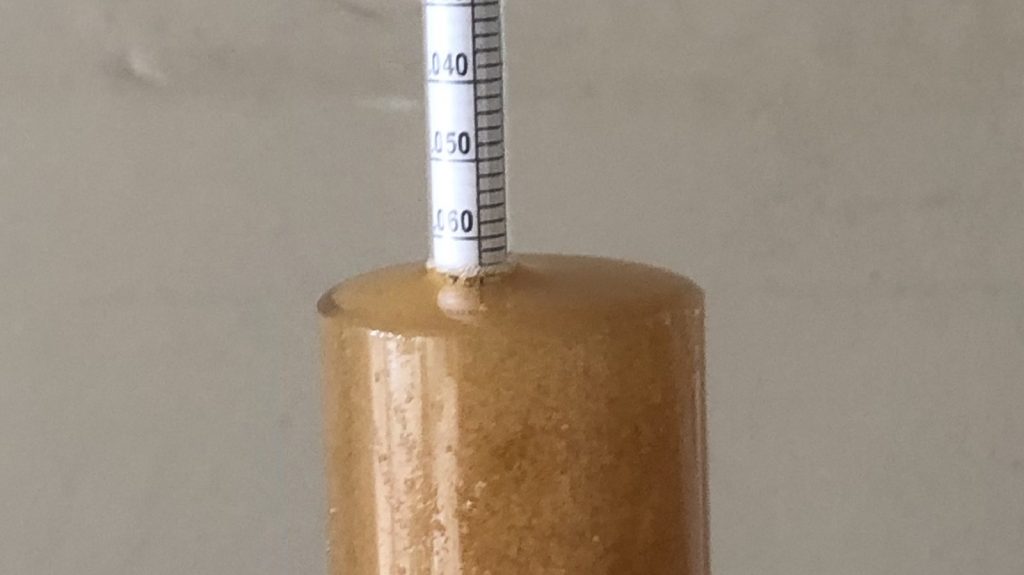
After placing the filled fermenter in my chamber, I pitched a single pouch of Imperial Yeast A24 Dry Hop.
A couple weeks later, noticing no signs of active fermentation, I took a hydrometer measurement that indicated the beer was at my target FG.

At this point, I racked the beer to a sanitized keg, which was placed on gas in my keezer and left to condition for about a month before I began drinking it.
| IMPRESSIONS |
Brewers can hold some pretty strong opinions on tradition, particularly when it comes to classic German lagers, myself included. My idea for As God Is My Witness, I Thought Turkeys Could Fly wasn’t to buck tradition, but rather combine the characteristics of one of my favorite classic styles with other characteristics I love, namely Amarillo hops.
In the end, I felt I accomplished my goal with this recipe. The caramel, honey, and nutty malt flavors were complimented by a heavy dose of citrus and floral notes from the Amarillo. While arguably similar to American Amber Ale, this beer had a unique character that was both unfamiliar and quite delightful. I perceived nothing in the way of off-flavors, just a pleasantly refreshing blend of rich malt and fruity hops that made me want to pour myself pint after pint, despite the hefty ABV.
One of the coolest things about homebrewing is it affords us ample opportunity to experiment, and while sometimes the results are less than stellar, the outcome is often quite positive. That was precisely my experience with As God Is My Witness, I Thought Turkeys Could Fly, to the point I plan to start a new tradition of brewing a batch to have on tap for every Thanksgiving henceforth.
If you have thoughts about this recipe or experience making something similar, please feel free to share in the comments section below!
Support Brülosophy In Style!
All designs are available in various colors and sizes on Amazon!
Follow Brülosophy on:
FACEBOOK | TWITTER | INSTAGRAM
If you enjoy this stuff and feel compelled to support Brulosophy.com, please check out the Support page for details on how you can very easily do so. Thanks!



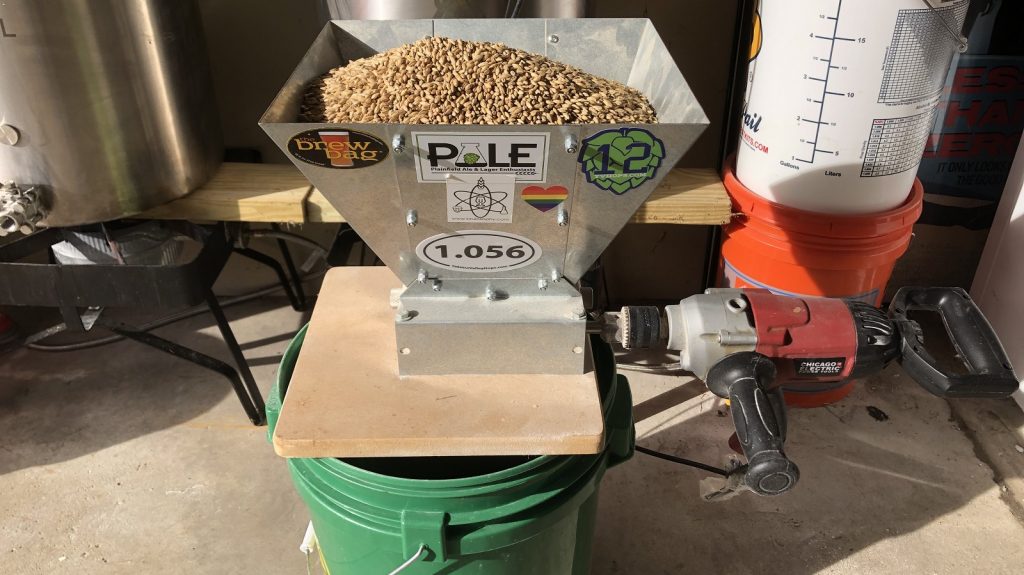
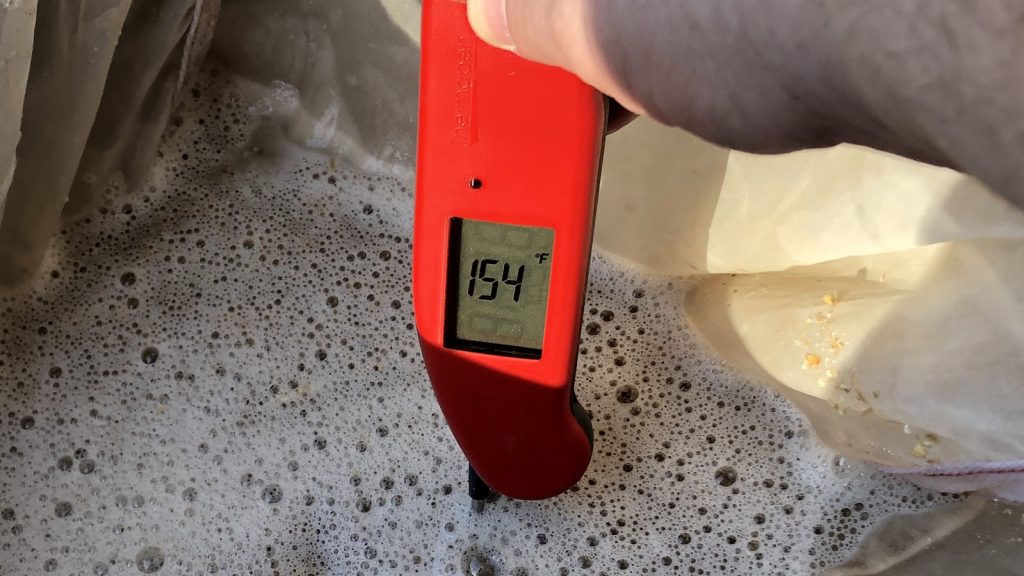
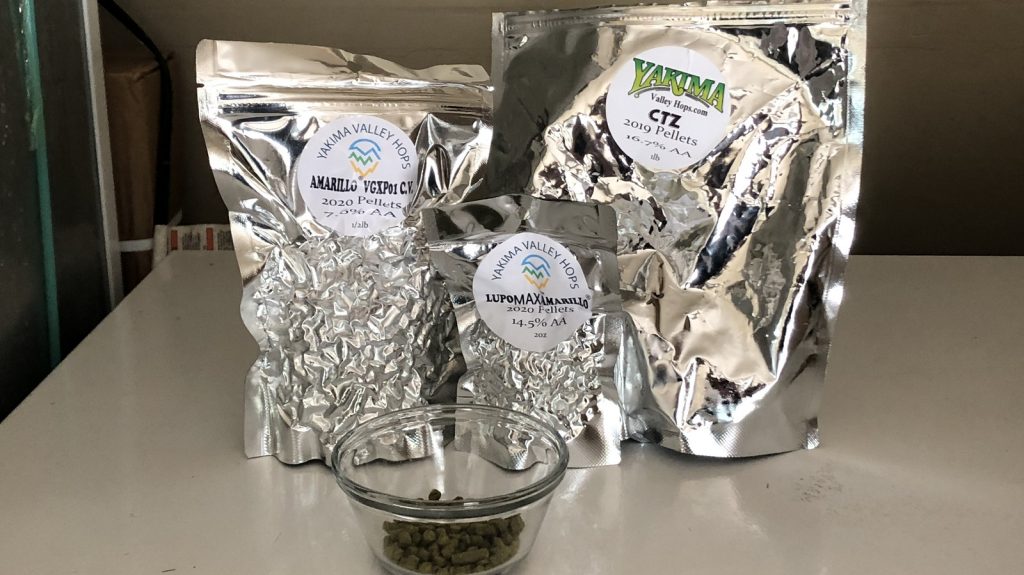
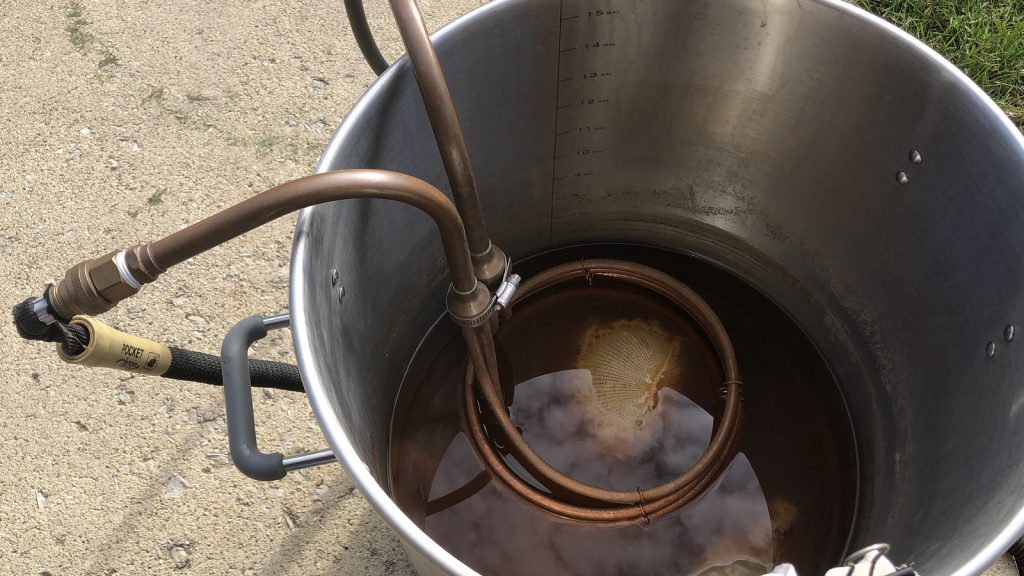
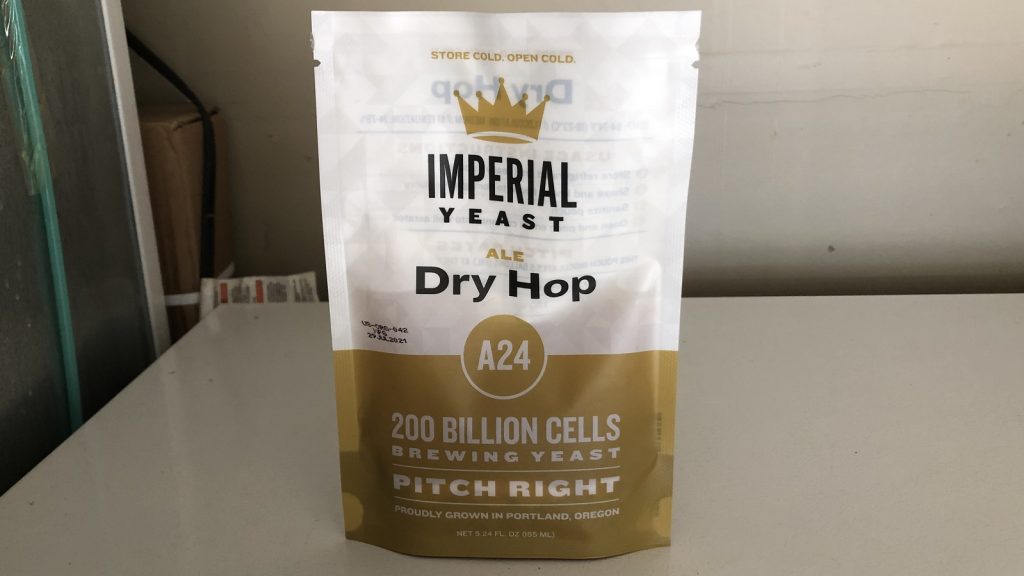







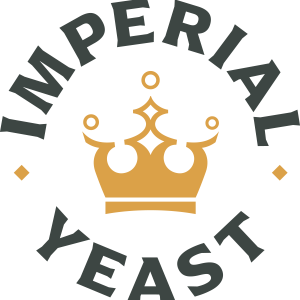




16 thoughts on “Brü It Yourself | As God Is My Witness, I Thought Turkeys Could Fly”
Is this a Festbier, or a Marzen (Oktoberfest)? There is a large difference between the two.
Myron, It is a Festbier. Thanks!
Ok, good to know. Interesting hop usage for this style! Festbier is a favorite of ours.
This is a great sounding beer! I’ve long since thrown out following specific beer style guidelines and brew what I like with ingredients I like. I brew for my tastes and that’s what I enjoy about the flexibility homebrewing gives.
Why’d you use the yeast Dry Hop? Ironically I brewed a fest beer last week and happened to have dry hop in fridge which I chuckled at the thought of using thinking it’s be the opposite of the yeast I’d want.
There are two reasons why I used Dry Hop for this particular beer. It was something that I had on-hand and also I like the citrus aromas Dry Hop gives off.
Steve, sounds like an interesting beer. But most of all thanks for reminding me of the turkey episode, I’m still laughing my arse off. That was a great show. Have you made it to Sable Creek Winery yet?
Way to hoppy for my taste
Sounds like an awesome beer! Also sounds like it’s just an IPA? Seems like a pretty standard Midwest-style IPA with a solid, malty grist and a common IPA yeast, actually. I guess at this point, the only thing “festbier” about this is that the original inspiration for the grist is a bit similar? I mean after a higher OG grist, American hops, higher IBU, flame out hops, dry hops, American ale yeast, higher fermentation temperature… there’s nothing festbier left about it if every variable is changed.
✌
Well, I guess they are both malty if mashed in the mid t higher 150s…
Totally agree. Call it what it really is, not what inspires it. Additionally, water chemistry is embarrassing.
Sounds really good. What temperature did you ferment this? It looks like it says 32 degrees Fahrenheit.
Fermentation temperature is wrongly listed as 32F. Looks interesting.
6.5% ABV, 50+ IBUs, single infusion mash, STA1 positive yeast, CTZ & Amarillo.
A lovely IPA
But, but…….turkeys can fly.